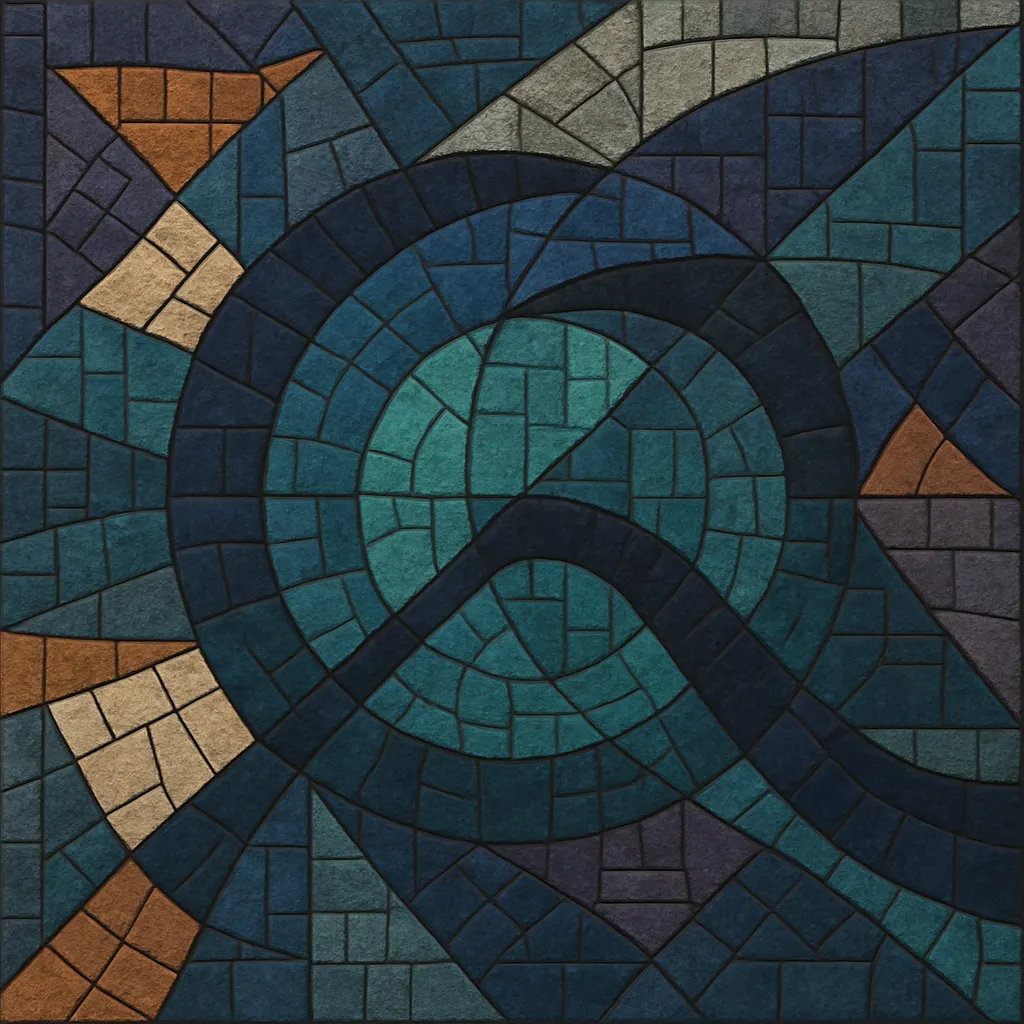
Autonomic is a late‑2000s movement within drum and bass that reframes the 170 BPM template around space, subtlety, and emotive sound design. Instead of dense breakbeats and heavy drops, it favors halftime grooves, skeletal percussion, deep subs, and cinematic atmospheres.
Built by producers around dBridge’s Exit Records and Instra:mental’s NonPlus+, the style draws from techno, electro, IDM, ambient, and dub techno. Its hallmarks include negative space, carefully sculpted transients, soft pads, delicate foley, and restrained melodies that prize mood over maximalism.
Autonomic emerged in the UK in the late 2000s as a response to the increasingly maximal and neuro‑driven strains of drum and bass. Key figures dBridge and Instra:mental explored a 170 BPM framework that borrowed the patient pulse and timbral priorities of techno and ambient, favoring sparse rhythms, headroom, and emotional tone colors.
The Autonomic Podcast series (2009–2011) crystallized the sound: rolling halftime, soft‑edged percussion, glassy pads, and dub‑treated detail. Exit Records became the movement’s home, while NonPlus+ and Auxiliary (ASC) expanded the palette toward minimal, electro, and ambient‑leaning directions. Releases by ASC, Consequence, Synkro, Bop, and others sketched a coherent aesthetic—elegant, intimate, and meticulously engineered.
“Fabriclive 50: dBridge & Instra:mental present Autonomic” (2010) served as a manifesto, introducing the style to a wider audience and codifying its design principles: halftime swing, deep subs, and considered use of silence. Though relatively short‑lived as a banner, the approach seeped into halftime drum & bass, post‑dubstep, and broader UK bass, leaving a durable influence on producers who treat 170 BPM as a tempo rather than a rulebook.
Autonomic’s legacy is heard in modern halftime and weightless/borderline beatless bass music, as well as in producers who integrate ambient and dub‑techno spatial thinking into high‑tempo frameworks. Its emphasis on minimalism, mood, and micro‑detail remains a touchstone for forward‑thinking drum and bass.

